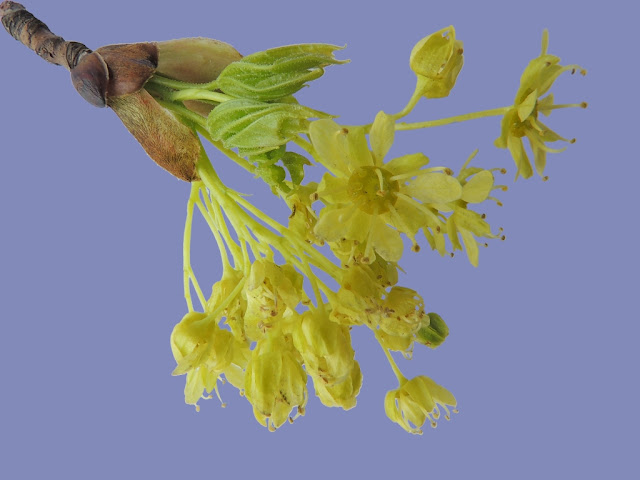This book contains so much research that I thought, at first, it may be too advanced for me. After I finished reading the book the following quote, attributed to Albert Einstein came to mind:
"If you can't explain it simply, you don't understand it well enough."
However, this book is written so well, by a group of people who really know
what they're talking about, that I had no problems understanding the
topics. I learnt so much about ladybirds and where we're at with our knowledges of these beautiful beetles because the text was so accessible. They followed another quote attributed to Einstein:
"Everything should be made as simple as possible, but not simpler".
The book lets us in on the life cycle of ladybirds, their environment, their natural enemies, ladybird pattern variation, population and evolutionary biology, and ladybird distribution. These are accompanied by a margin glossary that explains words alongside the relevant part of the text as well as lots of tables and diagrams.
The book also has a detailed key to adult British ladybirds, followed by a key to all adult British Coccinellidae, and a third key on the lavae of British ladybirds - all with the aim of providing enough detail that can be viewed without harming the ladybird you're trying to identify.
The book closes with a chapter on how to study ladybirds, for example housing and feeding them, close examination, and how to write up your findings in a report.
I was amazed at the level of detail that has gone into this 142 page book. It doesn't feel cluttered, it flows logically, and it's enjoyable to read.
If you want to learn about British ladybirds, then this is the ultimate resource.
PS. Make sure you record your sightings at: iRecord! The folks over at the ladybird survey (some of whom wrote this book) are very quick to respond to records and really appreciate each record sent in. I recently had a chat with Peter Brown (one of the authors) and he not only answered my questions, but provided a report that was written using the records that have been sent in.
















